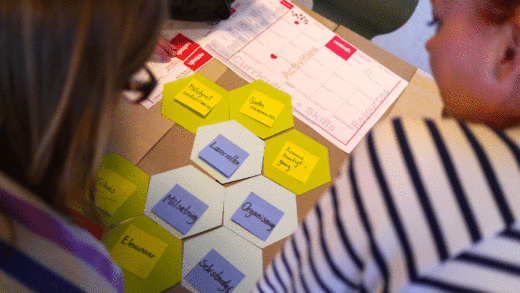Design thinking has been slowly gathering momentum among educators for the past few years as a way for students to engage with real-world problems and design solutions using interdisciplinary ideas. But, like many trends that catch on quickly, many educators still aren't totally sure what design thinking is.
In an article in The Atlantic, Jessica Lahey describes attending a design thinking session at a teaching conference where teachers presented on an exciting urban design project students completed. But several teachers in the audience were still confused about design thinking. Lahey reports that it's because design thinking is a complicated interplay of mindsets and philosophies, not a clear-cut lesson plan or an easy-to-follow recipe. Lahey writes:
Mindsets, grit, and design thinking are all victims of their own massive popularity, and in the rush to incorporate these concepts into existing lesson plans, have sometimes been reduced to checklist items on teachers’ overcrowded to-do lists. When treated as a classroom culture, however, rather than an action, design thinking (as well as mindset and grit) may revolutionize the way teachers and students think about failure, creative problem-solving, and teamwork.
Ultimately, design thinking is not a curriculum, advocates like Stevenson say, but a process for problem-solving, a strategy to elicit creativity rooted in empathy and comfort with failure. Teachers can use design thinking to create a classroom layout that conforms to the needs of their students, they say, or to plan lessons that will work best for the students in a given school or classroom. Entire school districts are embracing design thinking to create spaces and curricula around the intellectual and emotional needs of their students. Teachers are also helping students use design thinking to apply what they’ve learned to real-world problems, such as the urban-design project described by those middle-school teachers in Virginia.
Lahey describes the loose steps a design thinking process includes and what that might look like in a school setting.
https://www.theatlantic.com/education/archive/2017/01/how-design-thinking-became-a-buzzword-at-school/512150/


